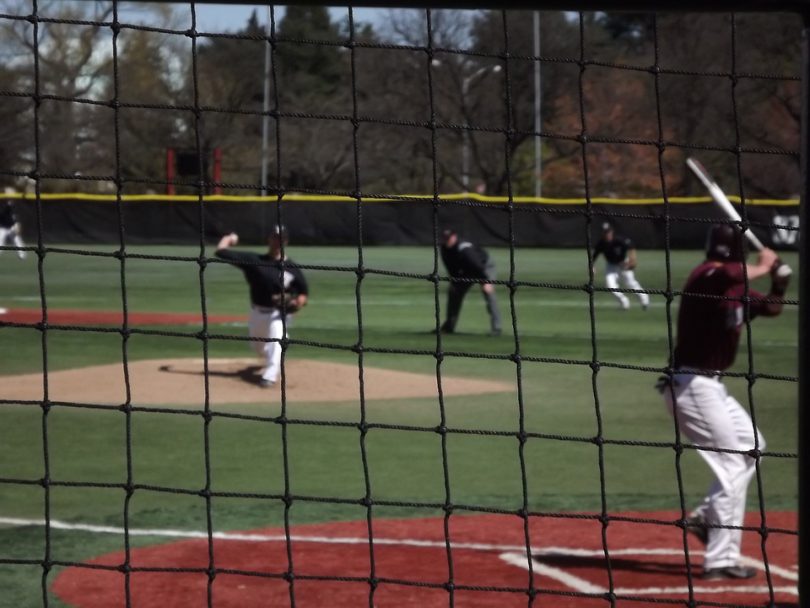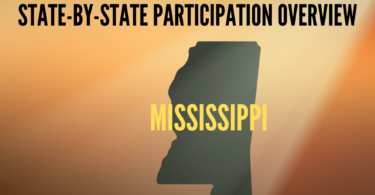Want to get this content in podcast format? Just click play below!
If you are talking about college baseball recruiting, you are likely to run into the word ‘exposure’ pretty quickly. Showcase teams, tournaments, recruiting agencies, and everyone else boasts about providing prospective college players with the best ‘exposure’ to college coaches. In the recruiting world, ‘exposure’ is almost always assumed to be a good thing, but that couldn’t be further from the truth. Exposure is a two-way street—it can be both good and bad. Once you have been ‘exposed’ in the recruiting process, it’s difficult to go back. While we are not advocating that prospects should avoid playing in front of college coaches, we are referring to “exposure” as purposefully drawing attention to yourself to be evaluated. Most high school players make the mistake of trying to force this type of exposure too early because they equate “start the recruiting process early” with start contacting college coaches and maximizing exposure. In reality, starting the process simply means educating yourself on the steps you will need to take to give yourself the best chance at a college baseball opportunity. As KPB has explained before, seeking exposure too early can not only hurt a recruit’s chances of being recruited, but also be a monumental waste of money.
So, how will a recruit know when the timing is right to seek exposure?
At KPB, we call the moment when a prospect should try to maximize exposure the ‘Go For It!’ moment. There are a few ways to know when your ‘Go For It!’ moment has arrived:
- You receive unsolicited interest from a college program. It is safe to assume if 1 program is interested and feels you are good enough to play at their level, there are likely some other programs of the same level of competition (and possibly even a higher level) that will feel the same way when they get a chance to see you play. Do research on the school that expressed interest and begin contacting other programs with similar characteristics when you are ready and explore programs with higher standards to see what kind of feedback you receive.
- You are starting to be recognized as one of the elite players in your age group AND have the physicality to match. You may be getting invites to play on invite-only teams, scout teams (showcase teams run by pro scouts) or are told by a trusted resource who is well versed in college baseball that you are ready. It is also important to have the physical strength to match. If you are skilled, but are not strong enough to hit the ball out of the infield or throw the ball across the diamond, no college will be ready to scoop you up. Using honest and objective feedback to guide your ‘Go For It!’ moment is critical, but there are many coaches and other baseball people who will be happy to tell you when the time is right to contact coaches and seek exposure, even prior to hearing from a college program.
- If you have not received interest from college coaches by the summer before your senior year, you have nothing to lose by inviting attention and increasing exposure. Senior year is the best time to research and go to tournaments or showcases where you will play in front of schools of interest. It’s also a good time to turn up the heat on actively recruiting yourself—contacting schools of interest and having your high school coaches contact schools of interest. You have nothing to lose senior year by pulling out all the stops and the later in the year it gets, the more aggressive you should be in putting yourself out there and seeking opportunities. Use these tips to make sure you are targeting schools that are a match for you so you don’t fall into any one of these four common mistakes.
Two additional notes about the ‘Go For It!’ moment
- If you reach senior year without receiving any substantial interest from schools, there is still plenty of time to find a college fit and by no means should you panic. In fact, you are in the same boat as most college bound players. Read How To Get Noticed Late in the Game for some great ideas on finding a school during your senior year.
- Everyone’s recruiting process is unique and prospects should not waste time trying to get their recruiting timeline to match that of their teammates. The act of committing should never be the end goal of the recruiting process, the goal should always be to find a great college fit. The truth is, committing to a school is the start of the real hard work, not the end goal and a sign that you have made it.
What to do before the ‘Go For It!’ moment
Prior to your ‘Go For It!’ moment, there is plenty you can and should be doing with the recruiting process. Use KPB Recruiting 101 steps 1-4 to help you figure out what you should be doing and when. Your choice in teams, training, camps, showcases, etc. should be 100% based off of having fun, skill development and learning to be a better baseball player. Once you start garnering interest or reach your summer before senior year, you will have plenty of time to expose your talents in front of college coaches.
When it comes to ‘exposure’, we suggest that you don’t believe the hype. It is very rare for a college caliber player who is informed on the recruiting process and doing the right things to not have an opportunity to play in college. As we explain here, proactive recruits don’t get “missed”. Stay active in the recruiting process, be informed, look for ways to continue to improve, play hard and have fun. If you have the talent and do these things, odds are that one of the 1600 plus college baseball programs in the U.S. will be a fit for you.







